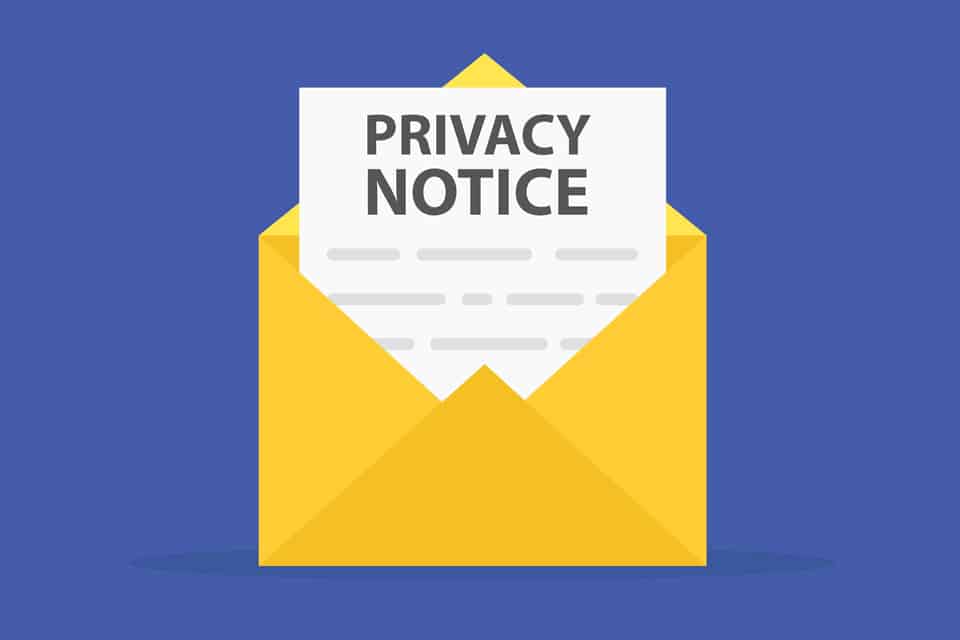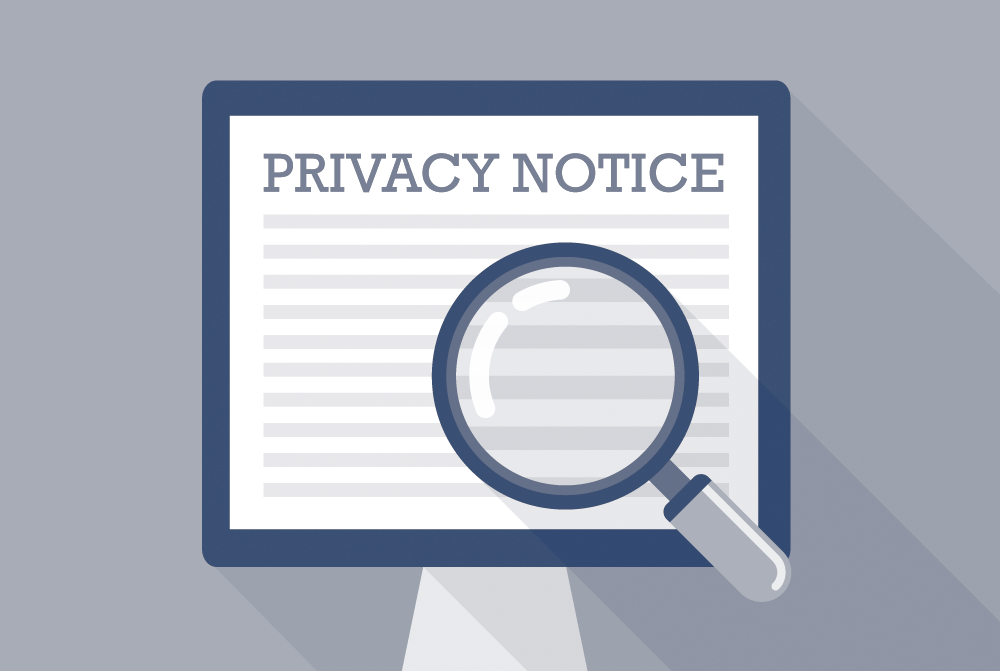Introduction
- Brief overview of who you are (e.g., company name) and why the privacy notice is being provided.
Types of Data Collected
- Explanation of the types of personal data collected (e.g., name, contact details) and how they are obtained (e.g., directly from the individual or from third parties).
Purposes of Data Processing
- Clear description of the purposes for which the data is processed (e.g., to provide services, marketing communications).
Legal Basis for Processing
- Identification of the lawful basis for processing personal data (e.g., consent, legitimate interests) as required by the GDPR.
Data Sharing
- Disclosure of any third parties with whom data may be shared and the purposes for sharing (e.g., service providers, regulatory bodies).
Data Retention Periods
- Explanation of how long personal data will be retained or criteria used to determine retention periods.
Individual Rights
- Explanation of individuals’ rights under data protection laws, including the right to access, rectify, erase, restrict processing, and object to processing.
Data Security Measures
- Description of security measures in place to protect personal data from unauthorized access, disclosure, alteration, or destruction.
International Data Transfers
- If applicable, details of any transfers of personal data outside the UK or EU and the safeguards in place to protect data.
Contact Information
- Contact details for the data controller or data protection officer (DPO) responsible for handling privacy inquiries and requests.
Practical Tips for Drafting a Privacy Notice
- Clarity and Transparency: Use clear and plain language to ensure the notice is easily understood by individuals.
- Accessibility: Make the privacy notice easily accessible on your website and provide options for individuals to download or print it.
- Review and Update: Regularly review and update the privacy notice to reflect changes in data processing activities or legal requirements.
Conclusion
A well-crafted privacy notice template plays a vital role in building trust with individuals and demonstrating compliance with data protection laws in England and Wales. By providing clear and transparent information about data processing practices, organizations can empower individuals to make informed decisions about their personal data.
What is a privacy notice template?
A privacy notice template is a standardized document used by organizations to inform individuals about how their personal data is collected, used, and protected.
Why is a privacy notice important?
A privacy notice is important because it helps individuals understand their rights regarding their personal data and promotes transparency in data processing practices.
What should be included in a privacy notice template?
A privacy notice template should include information about the types of data collected, purposes of processing, legal basis for processing, data sharing practices, security measures, individuals’ rights, and contact information.
Who needs to provide a privacy notice?
Any organization that collects and processes personal data, whether online or offline, needs to provide a privacy notice to individuals whose data they collect.
Is a privacy notice mandatory under data protection laws?
Yes, organizations are required to provide a privacy notice under data protection laws like the GDPR in the UK. It ensures compliance with principles of transparency and accountability.
How often should a privacy notice be updated?
A privacy notice should be reviewed regularly and updated whenever there are changes in data processing practices or legal requirements. This ensures that the information provided to individuals remains accurate and current.
Can a privacy notice template be customized for different purposes?
Yes, a privacy notice template can be customized to reflect the specific data processing activities and practices of an organization. It should be tailored to meet the organization’s legal obligations and the expectations of its stakeholders.
Where should a privacy notice be displayed?
A privacy notice should be easily accessible to individuals, typically on a website’s footer, in an app’s settings menu, or provided at the point of data collection. It should be prominently displayed to ensure visibility.
How can individuals exercise their rights based on the information in a privacy notice?
Individuals can exercise their rights, such as the right to access, rectify, erase, restrict processing, and object to processing, by contacting the organization’s data protection officer or designated contact person listed in the privacy notice.
What should I do if I have concerns about how my personal data is being processed?
If you have concerns about how your personal data is being processed, you should first review the privacy notice to understand the organization’s data processing practices. You can then contact the organization’s data protection officer to seek clarification or raise a complaint.
- Website Privacy Policy – First & Third-Party Cookies + Analytics - August 10, 2024
- Plant Maintenance Agreement - August 7, 2024
- Hire Of Room, Hall Or Other Premises - August 4, 2024










